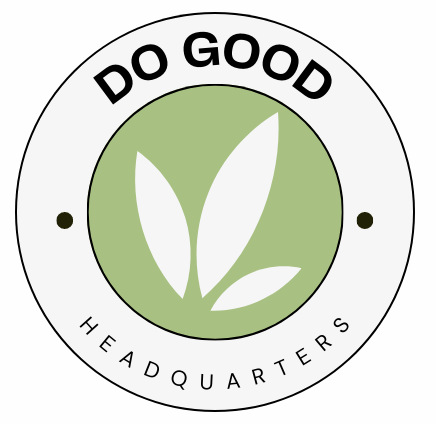What is a Circular Economy?
What goes around comes around – that’s the underlying principle of what’s known as a circular economy. The principles of a circular economy go right to the heart of sustainability, eco-friendliness, and everything else essential to fighting climate change.
Accordingly, the growing interest in sustainable practices is crucial in helping circular economies function. Keep reading for an understanding of its key concepts, and why your participation in one could help save the planet.
What is a Circular Economy?
A circular economy refers to the consumption and management of resources that prioritize sustainable practices. It accomplishes that by reusing as many products (or parts of products) as possible in order to make new products.
Three key principles support the collective concept of a circular economy:
- The elimination (or vast reduction) of waste and pollution.
- The circulation of products and materials at their highest possible values.
- The regenerative ability of nature.
To fully illustrate the definition of a circular economy, it might be helpful to first define a linear economy, which is the traditional method of consumption.
The Linear Economy
The initial step in a linear economy is to procure raw materials needed to make a product. In many cases, that means extracting crude oil, coal, or some other nonrenewable resource for the energy required to make the products. Many synthetic materials, like plastic, are also derived from fossil fuels.
Consumers generally use products until their usefulness runs out. In a linear economy, these products get put out to pasture in a dump or landfill. That’s pretty much it—you buy something, it breaks, and you throw it away.
How the Circular Economy Works
Circular economies, like linear economies, also begin with the extraction of raw materials. However, with an end goal like upcycling, recycling, or remanufacturing in mind, producers often use sustainable materials like wool, cork, bamboo, or organic cotton.
In the production phase, manufacturers may choose to utilize recycled materials and environmentally friendly practices that don’t rely on fossil fuels or poverty wages. While products are being made by manufacturers and purchased by consumers, the sustainable raw materials are being regenerated for future products.
When consumers no longer wish to keep using their products, they might find ways to recycle or upcycle the materials for future use. You can find some truly stunning art and jewelry made from recycled household products. It’s all about resource efficiency.
For a real-life example of a circular economy, read about Coyuchi’s approach to closed-loop practices.
Why the Circular Economy Matters
The benefits of a circular economy cut across environmental and socioeconomic lines. To start with, it’s estimated that up to half of the planet’s greenhouse gas emissions come from the production and use of common household products. Cutting into that by even a little bit could drastically reduce air pollution.
The good news about it is that they make good financial sense. More labor is required to keep up with the demands of circular economies, which means a greater amount of good-paying jobs could be in store for communities. It can also reduce the loss of human, animal, and plant life that results from waste and non-sustainable manufacturing processes.
Our Take on It
Circular economies consist of a lot of moving parts, but you can start participating in them today by choosing products made from recycled or renewable materials. Instead of throwing away clothes that no longer fit, consider donating them to an organization that upcycles fabrics. Every action counts!


